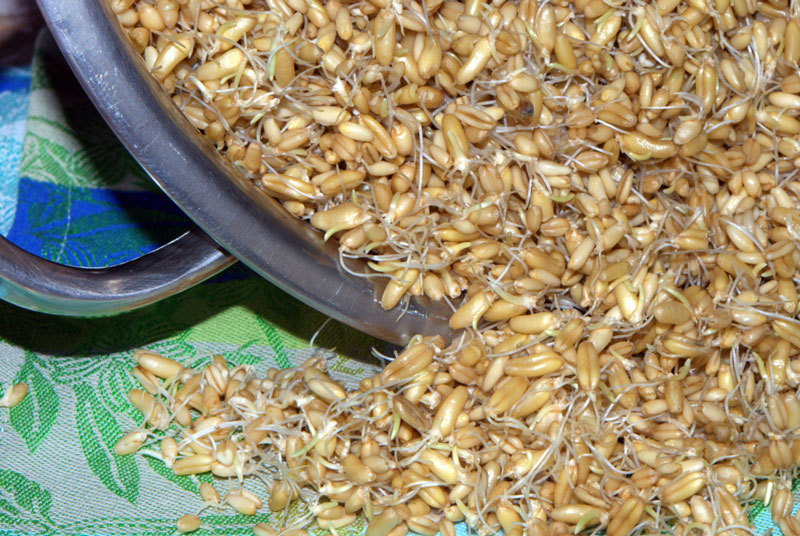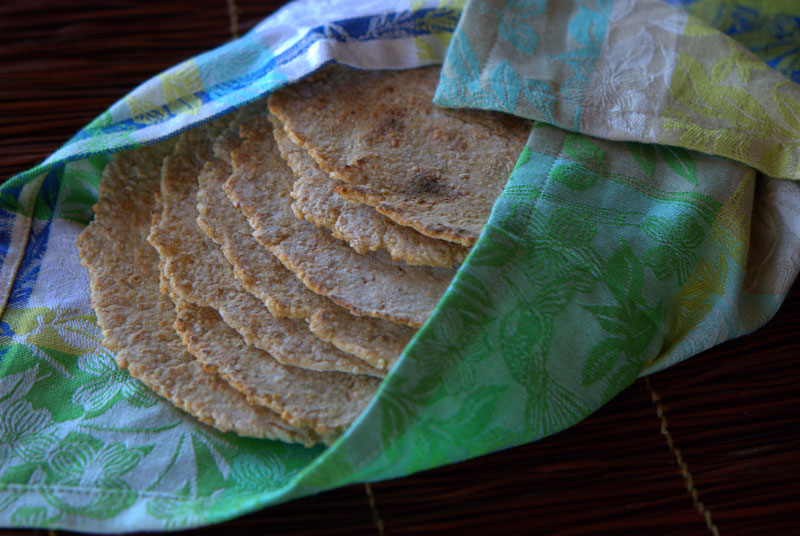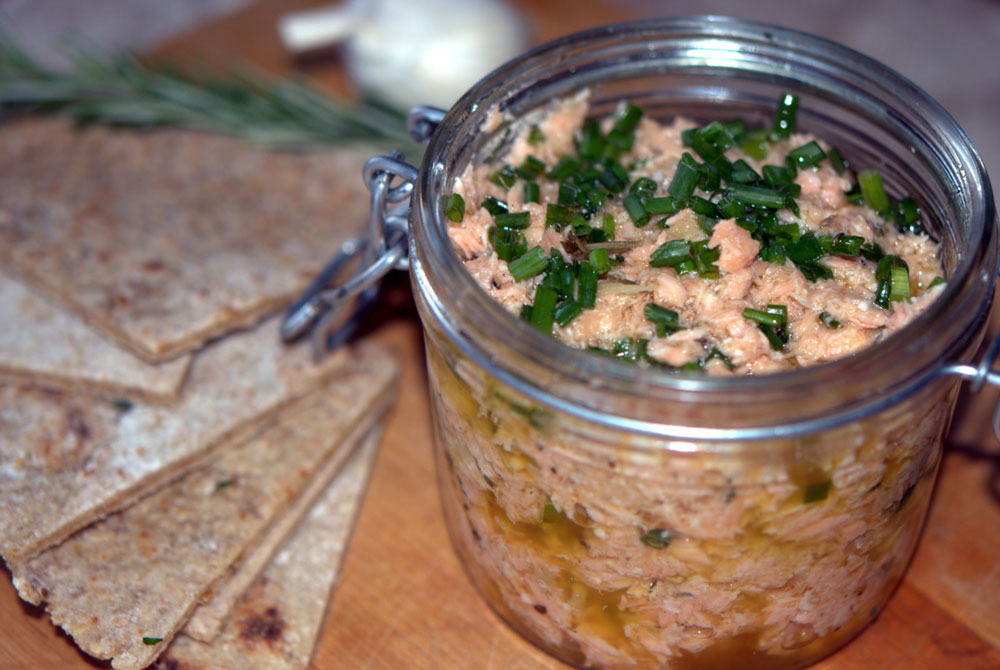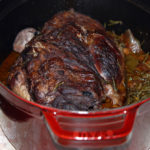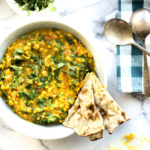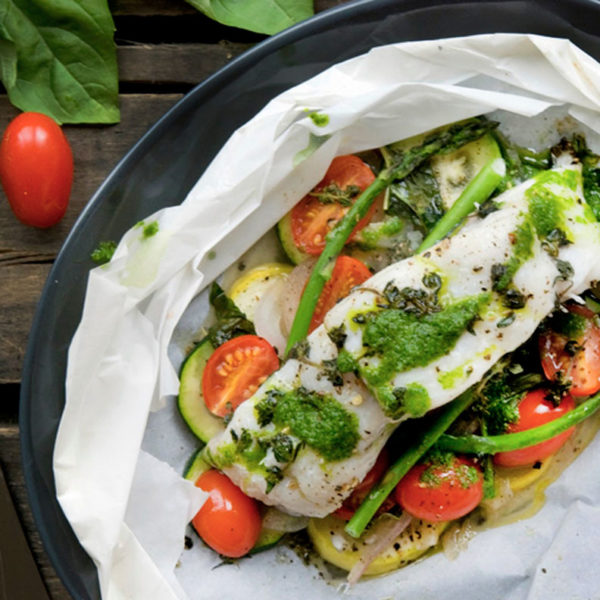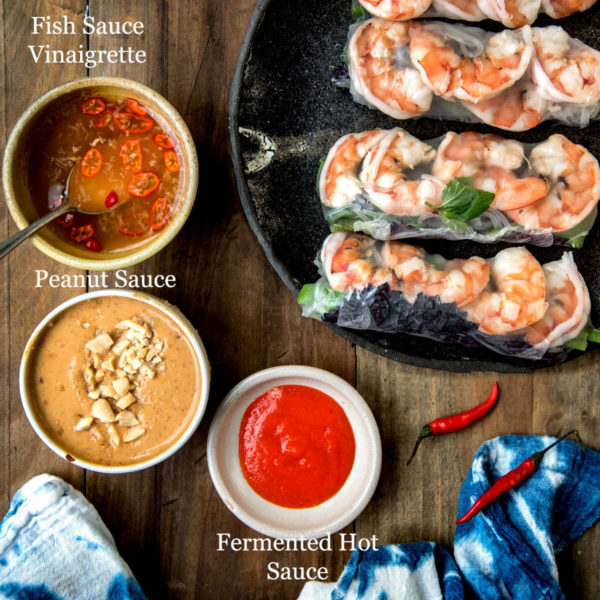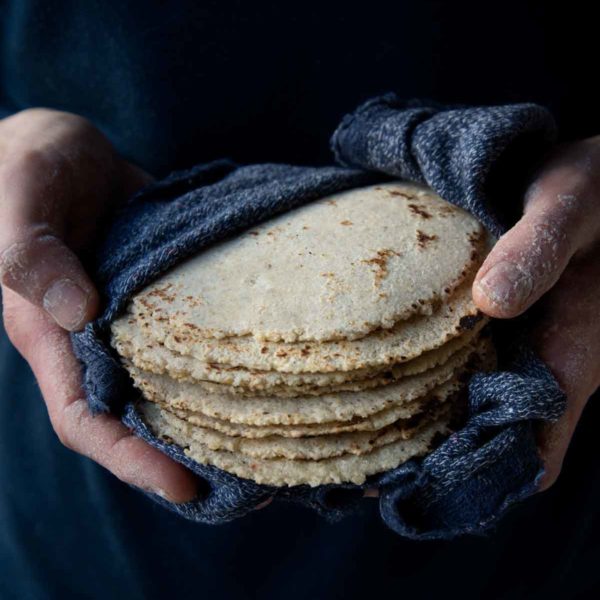I’m on a sprouting kick lately. Just sprouted a mixture of kamut, oat groats, and wheat berries. You can combine any number of grains (such as spelt, buckwheat, corn, farro, barley) to make these tortillas, so be creative. See below for the recipe for sprouted tortillas.
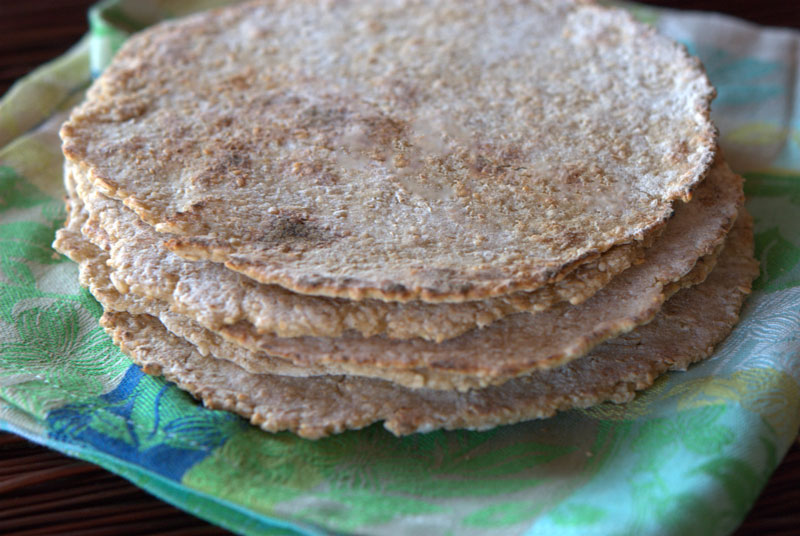
While you might think that these tortillas would be dense due to the combination of three, whole and hearty grains, on the contrary, they have a light and chewy texture on the inside with a slightly crispy exterior. Kamut, oat groats, and wheat berries are all rather mild in flavor, so I also added some unsprouted toasted sesame seeds to add some nuttiness. Next time, I might try sprouting some buckwheat groats and spelt berries to see how they affect the taste and texture.
To accompany the tortillas, I prepared an olive oil-poached salmon salad. Kind of like a very elegant tuna salad, with salmon standing in for the tuna. This was inspired by an olive oil-poached Spanish bonito tuna with roasted garlic, fresh bay, and dried chili dish I recently had at Avec (love, love, love this place). Unfortunately, I was not able to find fresh bonito, but wanted to substitute another oily fish, so I used wild salmon (sockeye, coho, or king) instead. I stay far away from farm-raised salmon all together. Farm raised salmon in the United States contains the highest level of polychlorinated biphenyls (PCBs) in the food supply system, and 16 times more PCBs than wild salmon. Wild salmon that feed on a natural diet rich in krill, shrimp and other fish have so much more flavor than corn-fed, farm-raised salmon, which is typically (artificially) colored with added synthetic pigments
After some research, I discovered that bonito is a member of the mackerel family, so I could have substituted Spanish or Boston mackerel, which are also strong tasting, oily fish. Another day. Instead, I added a healthy dose of dried, smoked bonito flakes, to lend its unmistakable essence to the dish.
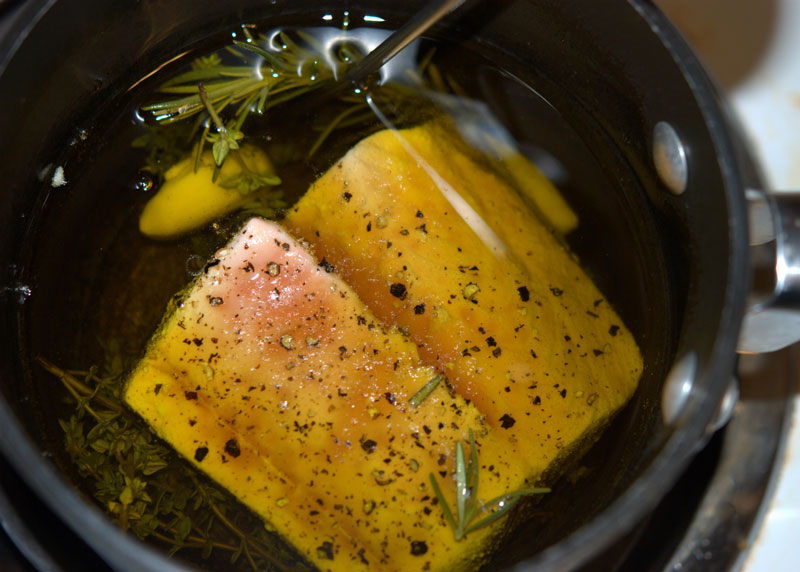
Olive Oil-Poached Salmon Salad
10 sprigs fresh thyme
1 large sprig fresh rosemary
2 cloves garlic, peeled and lightly crushed
2 cups olive oil, enough to cover fish
3/4 pound salmon fillet, cut into 2 pieces, at room temperature
Sea salt and fresh ground black pepper to taste
3 tablespoons dried bonito flakes
Chives, shopped for garnish
Combine thyme, rosemary, garlic, and oil in a pot just wide enough to hold the fish in a single layer without touching (When the fish is added, the oil should cover it, so it is better to use more oil than not enough.). Season fish on both sides with salt and pepper.
Fit pot with a thermometer and heat oil to 180°F over medium-low heat. Reduce heat and monitor temperature, adjusting until temperature is a stable 180°F, with small bubbles occasionally rising to surface.
When temperature is stable, add the fish. Oil temperature will drop, so raise heat slightly (never above medium-low) just until it reaches 180°F again; then reduce.
Cook the fish 13-15 minutes, until top is completely opaque and flakes easily with a fork.
Remove the fish to a small bowl, along with the garlic. Add the bonito flakes and mash with a fork. Season with salt and pepper. Pour some of the herb-infused olive over the tuna and garnish with fresh chives.
Sprouted kamut, wheat berry, and oat groat tortillas
4 cups of sprouted grains (kamut, wheat berries, oat groats)
1 teaspoon of salt
1/2 cup of whole wheat flour
Note: You can change up the flavor of the tortillas by adding a bit of spice to the mixture, such as freshly ground black pepper, chipotle, ancho, guajillo, or curry powder, to name a few.
Combine all ingredients in a food processor. If sticky to the touch, add a bit more flour. Form the dough into balls, slightly larger than a golf ball. Place each ball in the tortilla press (lined with plastic) and squeeze to flatten (6 1/2 to 7 inches in diameter). Remove the tortilla. Repeat with the remainder of the dough. Alternatively, you can roll out by hand.
Heat a small skillet over medium heat. Once the pan is hot, place the tortilla on the dry skillet. Cook 2-3 minutes per side until golden brown. Wrap in a towel to keep warm.
Note: You can also add a little bit of olive oil to the pan, to crisp up the exterior of the tortilla.
